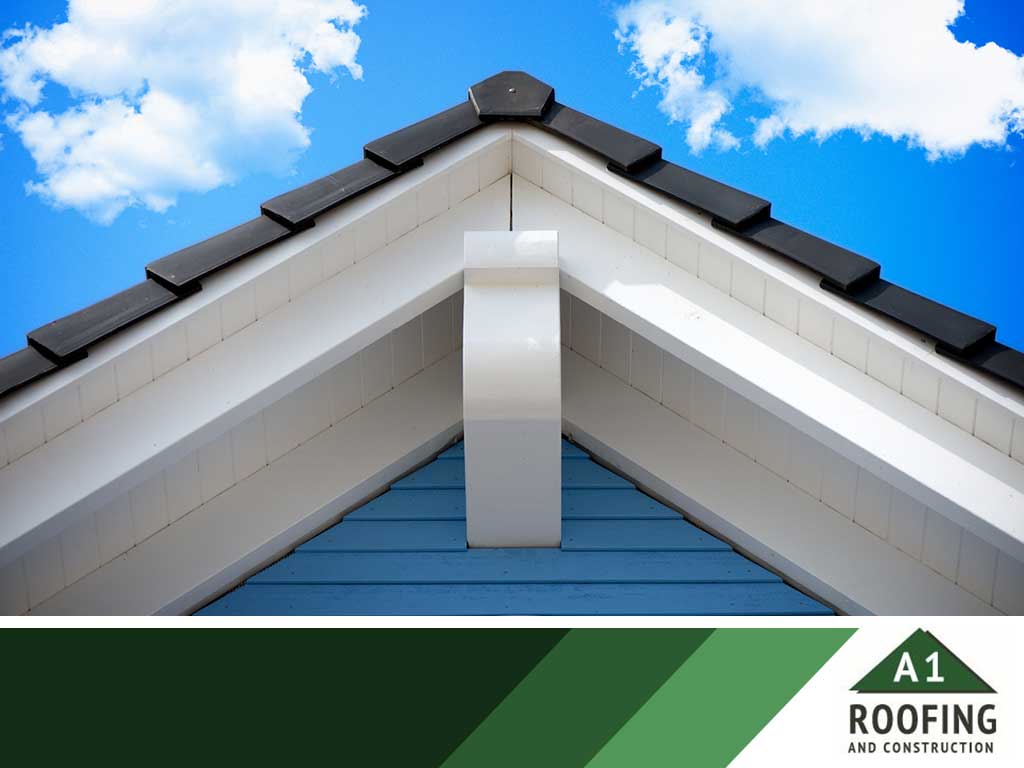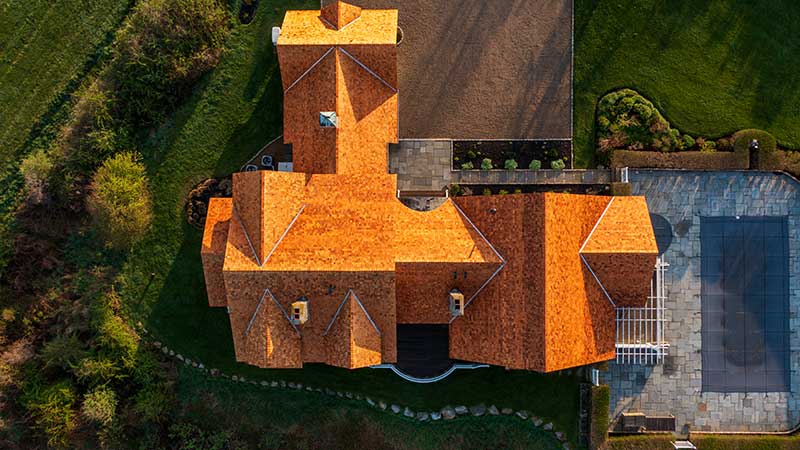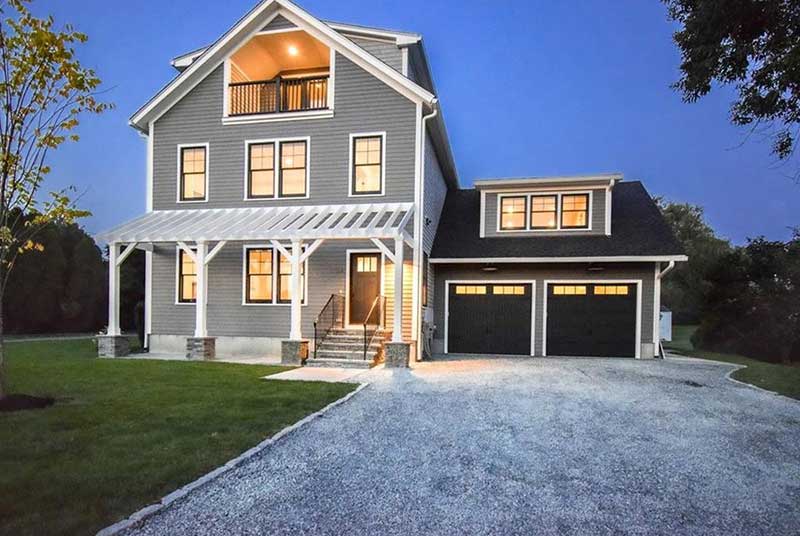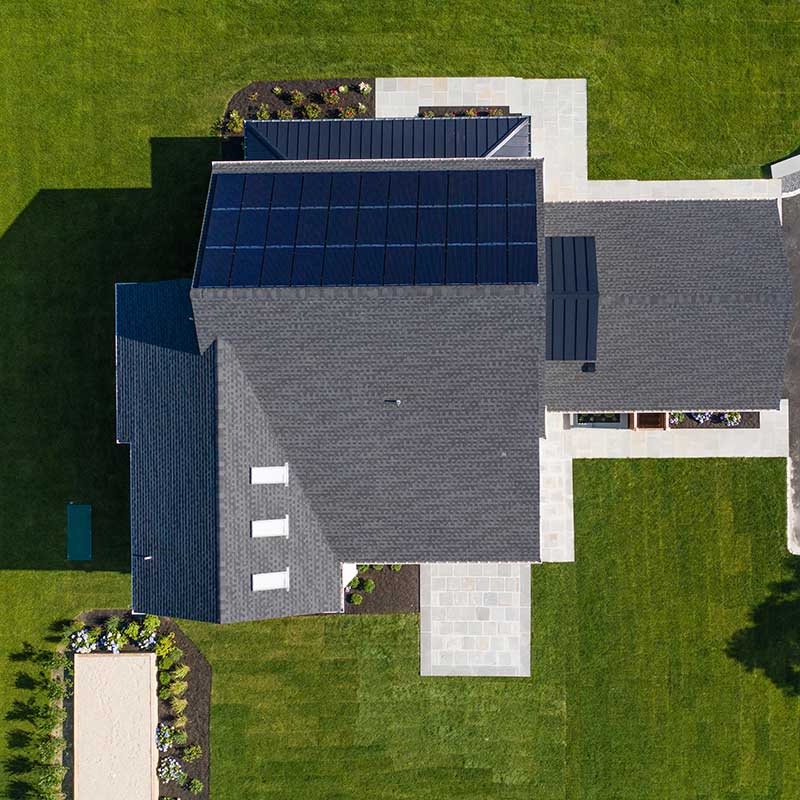Pitch is the angle of a roof that is calculated by the number of inches it rises vertically for every 12 inches it extends horizontally. The pitch is used in designing an addition or cutting new rake boards. It is also a valuable calculation to determine the right roofing materials to be used.

A1 Roofing & Construction explains why pitch is an important factor when designing your roof.
Measuring Pitch
To measure the pitch, you will need a level, a tape measure and a pencil. From your attic, hold the level at the bottom of the roof rafters. Measure 12 inches horizontally from one end of the rafters, and mark it. This is the run.
From that point, measure using your tape measure vertically, and the number you will get is the rise. Roof pitch, as any roofing contractor would define it, is expressed as rise over run.
Uses of Pitch in Roof Design
High-pitch roof designs can be commonly seen in northern Europe or areas with plenty of snowfall like Canada and New York. This is so water or snow can run off smoothly. In more recent years, however, low-pitch roofs have been prevalent with contemporary urban designs. These seemingly flat roof designs have a slight pitch to enable water runoff and drainage.
Considered mostly for commercial purposes, the low-pitched flat roof can add space to a home since it can be turned into a patio, roof garden or a concealed storage for heating and cooling units. Solar panels can easily be installed with this design. However, you must note that this design is not very conducive for high rain- and snowfall areas, and it might be prone to roof repair.
Roofing work should always be left to highly trained professionals, and you will not go wrong with A1 Roofing & Construction. Call us now at (401) 265-1019, and get started with your roof project. We serve clients in Providence and Warwick, RI, and New Bedford, MA.













